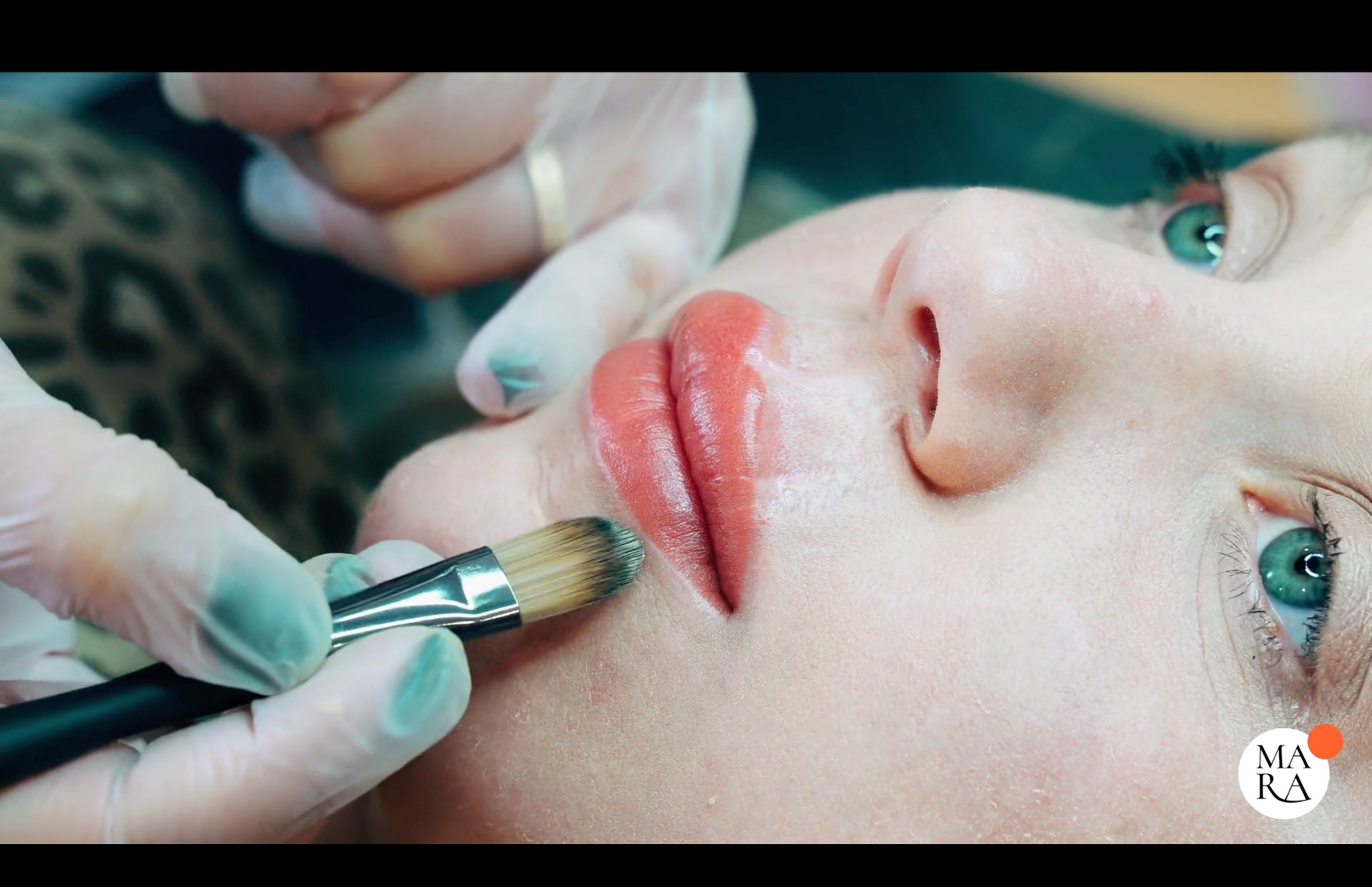Even with great prep and solid technique, lip tattoos do not always heal as expected. Color can fade unevenly, the edges might not look perfectly balanced, or some areas may hold pigment better than others. These details can leave clients feeling like something is just a bit off.
There are many reasons for this, and it does not always mean the original work was done poorly. Skin changes as it heals, and every client’s journey is unique. This is where pmu corrector pigments step in. With a thoughtful approach, these pigments can help smooth out imbalances and patchiness—no need for a full redo.
Why Uneven Lip Tattoos Happen
Every healed lip tattoo has a backstory, and it is not always easy. Uneven outcomes can come from several sources. Sometimes, the pigment does not hold evenly across every section. In other cases, the skin may react differently—think scabbing, extra fading, or one spot soaking in more color than others.
Healing habits play a big part. Some clients pick at scabs or touch their lips even when they have been told not to. Others have dry patches that cause pigment to flake away during the healing phase. Healing can even shift with the season. Early fall often brings drier air, and that can affect how lips close and retain pigment during recovery.
Technique and color selection also play a role. Certain shades fade more quickly, while others act up as they settle. Deep undertones, the depth of placement, and the client's own skin type each make a difference. This is why a lip tattoo that looked balanced right after the appointment might later seem patchy or uneven once fully healed.
How Corrector Pigments Work
Corrector pigments are made to bring balance without heavy-handed fixes. Instead of just adding more color, these pigments are meant to adjust, neutralize, or soften leftover tones from earlier sessions.
Pmu corrector pigments come in a range of shades. Warm correctors, often peach or orange, can counteract cool blue or purple tones by bringing lips back toward a flattering pink or red. Cool correctors, which may lean green or olive, can soften too-warm lips if an old coral or red has gone off-shade over time. Neutral correctors help tone down overly intense or uneven hues, settling the look without adding unwanted depth.
When treating patchiness or tone issues, artists use pmu corrector pigments in targeted ways. Instead of covering the entire lip again, they are applied only where needed, building tone gently and carefully. This lets the lips recover naturally and avoids oversaturation.
On the market, trusted brands like Perma Blend and Evenflo (available at Mara Pro Shop) include purpose-built corrector pigments in their lineups with balanced undertones and fade-resistant formulas. These options are made to hold up well in both warm and cooler healing cycles.
When and How to Use Them Safely
Timing is everything for correction work. The best and safest time to use corrector pigments is after lips are fully healed—no scabbing, no flaking, and no lingering sensitivity. Rushing this can create fresh irritation or drive pigment out of the skin entirely.
Once things are healed, gentle application is key. Correctors are best when layered in lightly, with multiple small passes instead of any deep, dense insertions. This kind of layering gives skin the chance to settle and adapt, keeping colors more true and lip texture smooth.
Overworking the lips is a major risk. Full rework should be reserved for rare cases; otherwise, focusing only on the problem spots is safer. Correctors should be applied in clean, deliberate strokes, allowing days or weeks between layers to see how pigments settle.
Common Mistakes to Avoid During Corrections
Subtlety matters most. A common mistake is using a heavy-handed corrector without testing against the client’s real undertone. Even a slight mismatch can push lips into unwanted territory—a too-warm pigment may swing results orange, while a cool one can take lips too gray or dull. Always match and build slowly.
Another trap is over-correcting. Trying to fix everything in one go, or using too much pigment, may lead to a strong tint that is harder to reverse. It is safer to use light layers, evaluate, then return after seeing how the skin reacts. Do not forget past pigment history—older work may heal again under a new layer and change the outcome.
A quick patch test saves trouble for tricky corrections. When uncertain, testing a small area first gives insight into how undertones and corrector pigment may blend on that specific client.
Here are some simple reminders:
- Patch test for undertone reactions.
- Build color slowly and resist the urge to rush.
- Wait for full healing before any correction.
- Focus on needed spots, not broad rework.
Build Confidence Through Balance and Patience
Bringing balance back to lip tattoos is all about small, patient steps. Corrector pigments offer a smart way to refine shape, adjust tone, and smooth out any leftover patchiness instead of redoing the entire area. Their real value is in how gently they help lips return to harmony.
If lips do not look quite right after healing, it is just the skin’s way of asking for a little extra attention. By using the right pmu corrector pigments, keeping passes light, and matching undertones with care, artists can help clients find that polished, natural look—no second guessing or total restarts needed.
At Mara Pro Shop, we stock a range of products made to support cleaner corrections and more balanced results, including trusted formulas of pmu corrector pigments that help artists shift tone naturally without pushing the skin too far.

